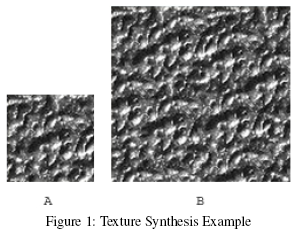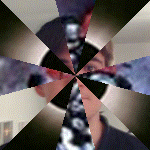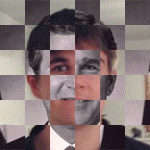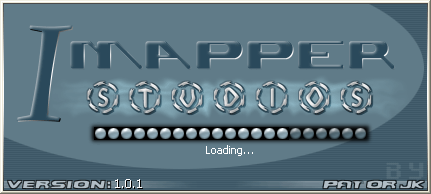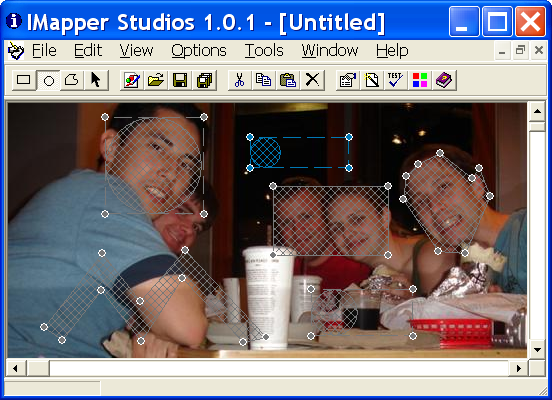Color Fader Update
I’ve been annoyed at the job I did on my updated color fader since it was released. The interface was squished, awkward and clumsy, the color scheme was bland, and it over all just looked bad. I decided a few days ago to break from what I was doing and work on a re-design of it. I think I’ve come up with something that’s cleaner and easier to work with:
http://patorjk.com/software/colorfader/
The ASCII Art heading is kind of cheesy, but nothing else seemed to fit that heading area and it seemed to fit the ambiance so I left it in. Along with the new design, I added a few new features:
- Vertical text fading: Now you fade lines of text along with fading character by character.
- Multi-color image fade: I always felt it was a HUGE design flaw to have a separate 2-color area for image fading. I’m not sure what I was originally thinking, perhaps I was just lazy.
- Background color selection for text fades: You can now see what the faded text looks like on different colored backgrounds.
Ultra Edit
I’ve been looking around for a good text editor that I can use for development purposes. At the moment, most of what I’m doing is Javascript and PHP. Recently I’ve come across Ultra Edit, which appears to be a pretty snazzy editor. It has syntax highlighting, grep-like searching abilities, a customizable tool bar, line number information, the ability to hide nested code, and lots of other nifty features. It’s only negative is that it’s not free. It’s $50 if I want to use it past the trial period. I’m actually thinking about shelling the doe though, since it would be a big step up from WordPad. Anyone know of any other good Windows text editors I should try before I purchase a license for this one?
Garfield / Realfield
Some clever folks on the internet have discovered that the Garfield cartoon strip is actually pretty funny if you remove all of Garfield’s thought bubbles. It actually works on a whole new level, it’s pretty cool:
- http://blog.org.es/realfield/ – Garfield replaced with a realistic cartoon cat and thought bubbles removed.
- http://www.truthandbeautybombs.com/bb/viewtopic.php?t=4997 – Just the thought bubbles were removed.
Google Ads
I’ve been mulling over the idea of possibly placing a few Google Ads on this website. Nothing crazy or annoying, but something that’d be reasonably discrete and only on a few choice pages. I was doing some calculating and with what I read I could probably make enough a month to cover hosting costs if I placed ads on the Color Fader and the VB Code Bank. I think that would be pretty cool – this site paying for itself.
My fears in doing this though would be that I could scare away visitors or annoy those who regularly visit. Or I could turn off people who think I’m just trying to cash in. So I’d probably only do it in a few select areas, and not in areas that would cause clutter. I dunno, I’ll have to think about it some more, but I just thought I’d give everyone a head’s up.
